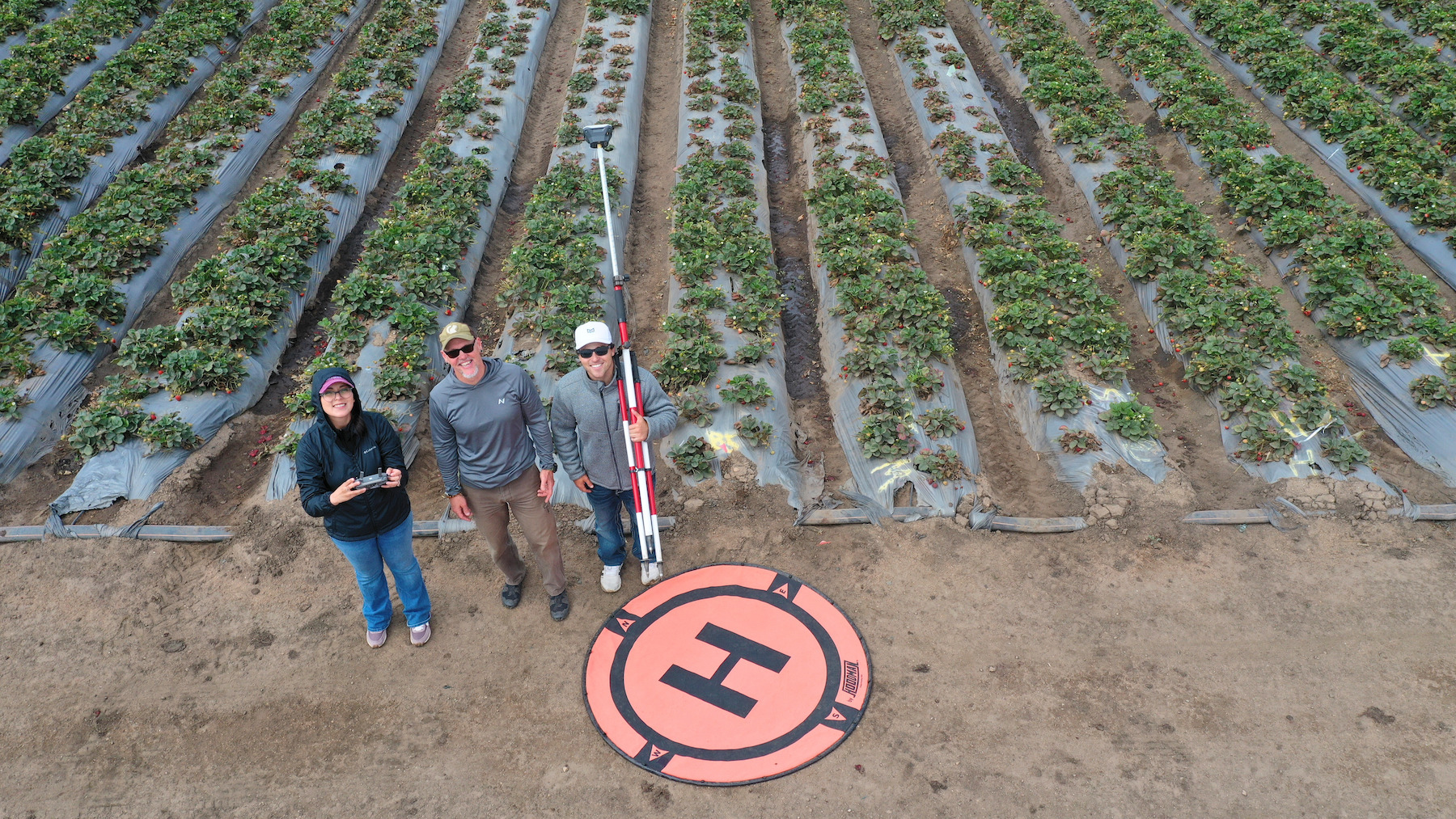News Information
- Published
- October 28, 2025
- Department/College
- Applied Environmental Science, College of Science
Nine fellows from the inaugural class have earned FAA certification.
/filters:quality(75)/156x0:7176x4124/prod01/channel_2/media/csumb/legacy/legacy-site-images/ucomm-news-library/drone_story_1.jpg)
This past summer, Cal State Monterey Bay celebrated the first cohort of its Climate Adaptation and Resilience Fellowship Remote Pilot Training Program. The training program prepares students to pass the Federal Aviation Administration’s Remote Pilot certification exam and provides extensive hands-on flight training, including participation in the week-long California DroneCamp hosted at CSUMB.

Jon Detka, center, is teaching students how to pilot drones.
All nine fellows from the inaugural class have already earned FAA certification. Led by Dr. Jon Detka (Applied Environmental Science/NASA research scientist), the remote pilot training program will continue each summer for the next three years.
The fellowship is part of a broader $2 million climate resilience workforce development initiative at CSUMB, funded through the $71 million Climate Resilient Monterey Bay grant awarded by the National Oceanic and Atmospheric Administration to the California Marine Sanctuary Foundation.
The initiative is managed by James Guilinger (Applied Environmental Science), Gerick Bergsma (Marine Science) and internship coordinator Stephanie Spross (CSUMB College of Science alum), with the goal of preparing students for careers in climate adaptation through internships, professional development and expanded curricular offerings such as this new drone training.
The impacts of this workforce training are already being felt. Newly certified drone pilots will apply their skills this semester to class projects, including aerial imaging of Los Padres Reservoir – to support water resource management for the Monterey Peninsula Water Management District – and vegetation mapping efforts with California State Parks and the Santa Lucia Conservancy. Students are also piloting weekly drone surveys of strawberry crops in Salinas as part of a USDA-funded initiative to advance plant health monitoring.